
By Matthew Mulrennan
This post by Matt Mulrennan originally appeared in National Geographic's Ocean Views.
Our ocean remains the greatest mystery on planet Earth. The ocean takes up 70% of our blue planet, yet we've only explored 5% of it. The ocean suffers from many urgent grand challenges - we don't know enough about the ocean, too much pollution is going in, and too many fish and other animals are coming out.
Thankfully, ocean-related technology is riding the innovation wave, and we're seeing some really amazing breakthroughs in ocean health and exploration.
This World Oceans Day, we're celebrating eight amazing innovations that are helping to save our ocean.
Please share your favorite ocean innovations with #TeamOcean.
8. Snotbot

The "Snotbot" can hover above a whale to collect mucus from a whale's blow to gain valuable biological information like stress hormones, without stressing the animal.
Unmanned Aerial Vehicles (UAVs) and drones are improving biological research, monitoring coastal waters to scan for illegal activity and enforcing marine protected areas. They can also be used to make epic videos of a stampeding 'megapod' of dolphins.
7. Fishface
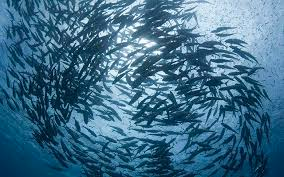
Fishface by the Nature Conservancy is an affordable fish identification tool being used for population assessments in Indonesia.
The technology that automatically tags you in a picture on Facebook is being applied to counting and describing fish stocks. Facial recognition and visual computing software are revolutionizing the process of counting fish and fisheries managers are using this information to make fisheries more sustainable.
6. Whale Alert App
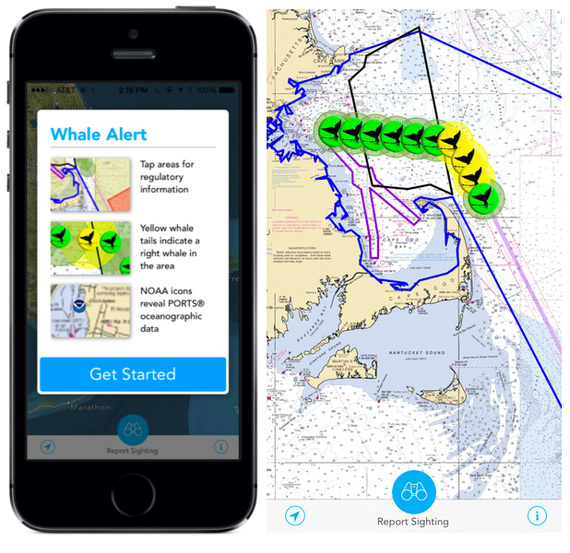
The Whale Alert 2.0 App alerts mariners about the potential presence of whales to avoid deadly ship strikes, a leading cause of death for these protected species.
Whale Alert provides recommended routes to avoid whales and allows you to report when whales are in distress, such as being entangled in fishing gear. New innovative apps allow people to track marine debris, check fisheries regulations, visualize pollution and contribute observations to citizen science.
5. SkySails
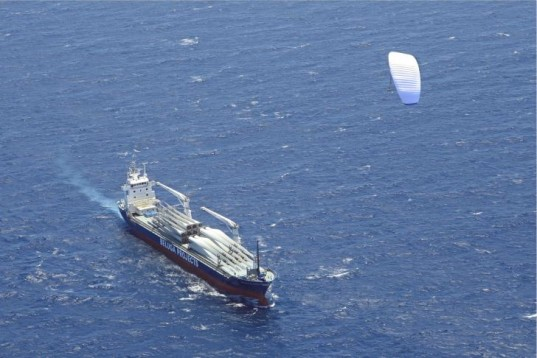
Cargo ships with high altitude sails, like SkySails, can save 10-30% on daily fuel use.
About 90% of all global trade uses large cargo ships. The fuels burned by the global shipping fleet are a major contributor to climate change and ocean acidification, which are already harming marine life. But green shipping initiatives are saving fuel through improved hull design, breakthrough propellers, and simply slowing down ships.
4. Global Fishing Watch
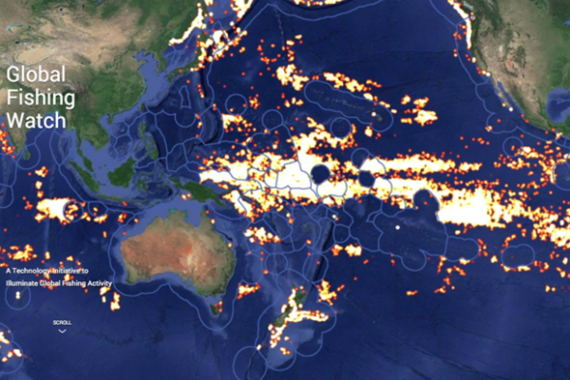
Global Fishing Watch is a platform to monitor global fishing activity run by SkyTruth, Oceana and Google. It pools together historical data from a satellite-based vessel monitoring system and uses an algorithm to assess where fishing has occurred.
With advancement in tools like this for global fisheries monitoring, the writing is on the wall for taking down lots of illegal 'pirate' fishers. Argh.
3. Saildrone
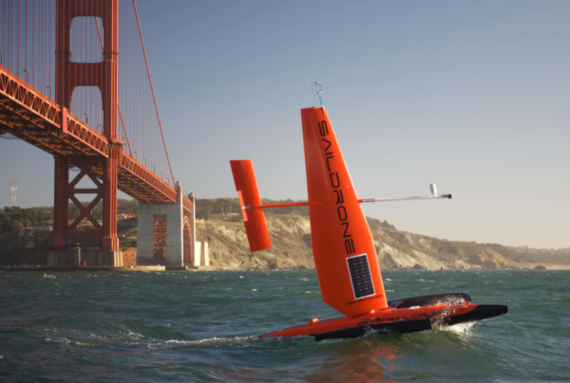
Saildrone is an autonomous wind-propelled sailing vessel that can conduct scientific missions independently in rough weather for months.
95% of the ocean is still largely unexplored, and unmanned vessels are transforming oceanography by cutting down on expensive research ships that cost upwards of $50,000 per day to operate. Increasing autonomy for ocean exploration is a goal of the $7 million Shell Ocean Discovery XPRIZE, and team registration is still open!
2. Edible Six-Pack Rings
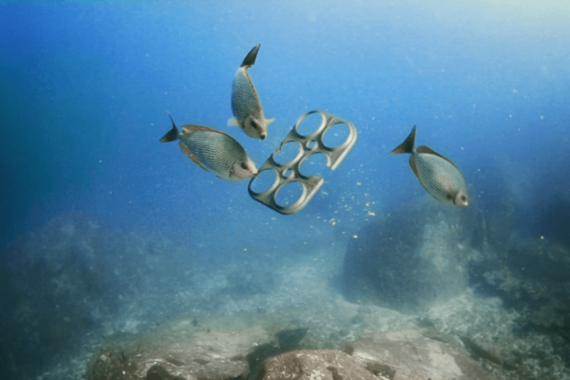
Saltwater Brewery has developed an edible and biodegradable six-pack ring out of wheat and barley from their brewing process. Nom.
There are 5 trillion pieces of plastics in the ocean causing $13 billion per year in damage to marine ecosystems. To solve ocean plastic pollution globally requires disruptive "moonshot" technologies in materials design for more benign packaging products, a circular economic approach that never allows plastics to become waste, as well as basic waste management in more cities and countries to stop the leakage of plastics into the ocean.
1. Live Dives
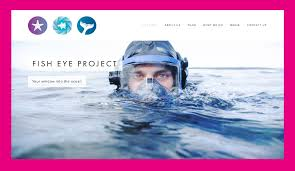
The Fish Eye Project is broadcasting a live SCUBA dive online today June 8th. You can tune in and submit questions to the diver via #LiveDive.
We are the first humans that can watch things happening live in the ocean from our computers or phones, and interact with the divers and robots. This is great for ocean exploration, and expanding access to the ocean to exponentially more people. The cutting edge in this field is high-definition, 360-degree cameras propelling footage immediately into virtual reality headsets from hard to reach habitats like the deep-sea. These interactive technologies will hopefully usher in a wave, better yet a tsunami, of new ocean explorers and innovators.
Matthew Mulrennan is the lead of the Ocean Initiative at XPRIZE - a commitment to conduct five ocean XPRIZE competitions, and put us on a path to making the ocean healthy, valued and understood.